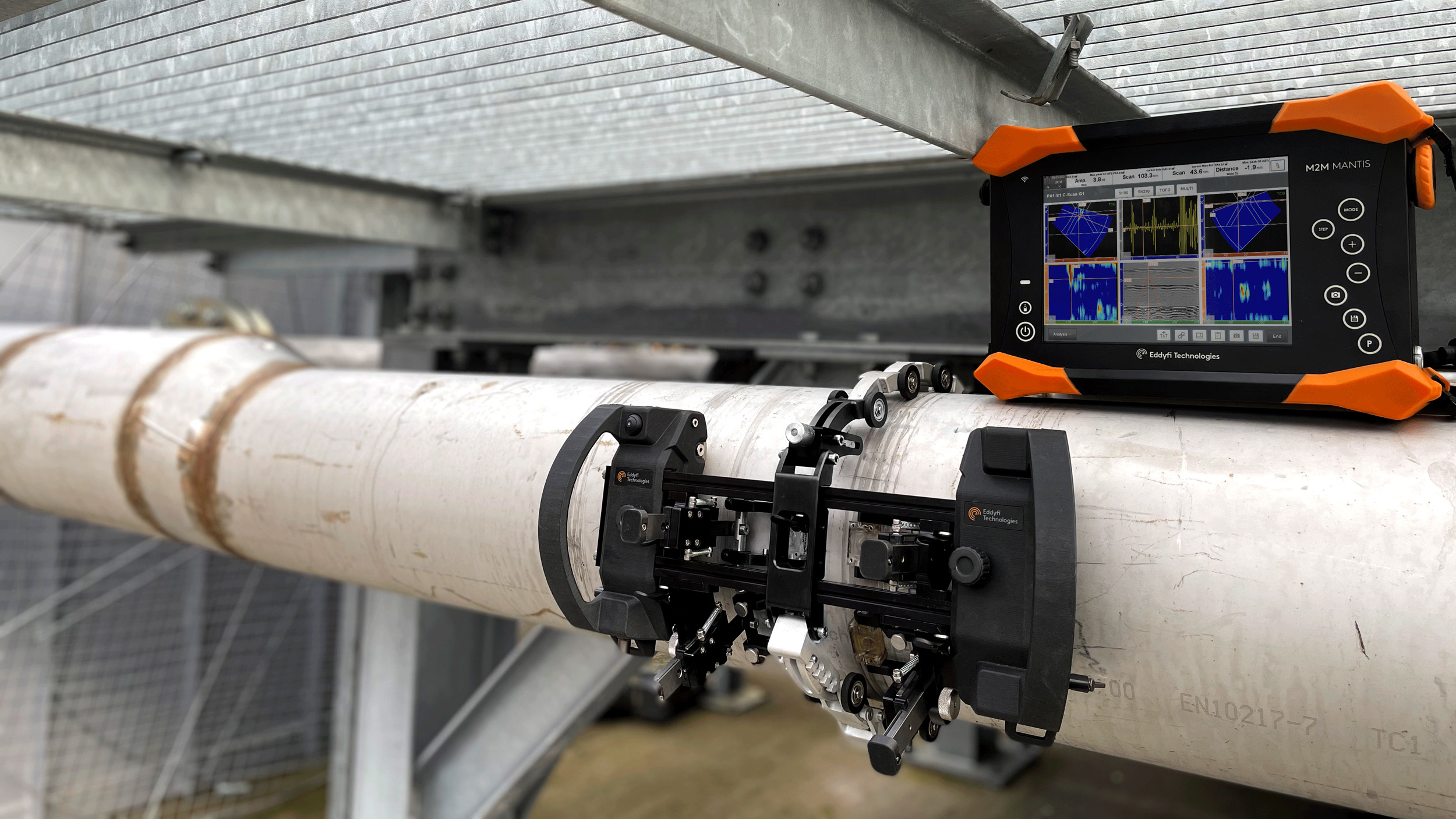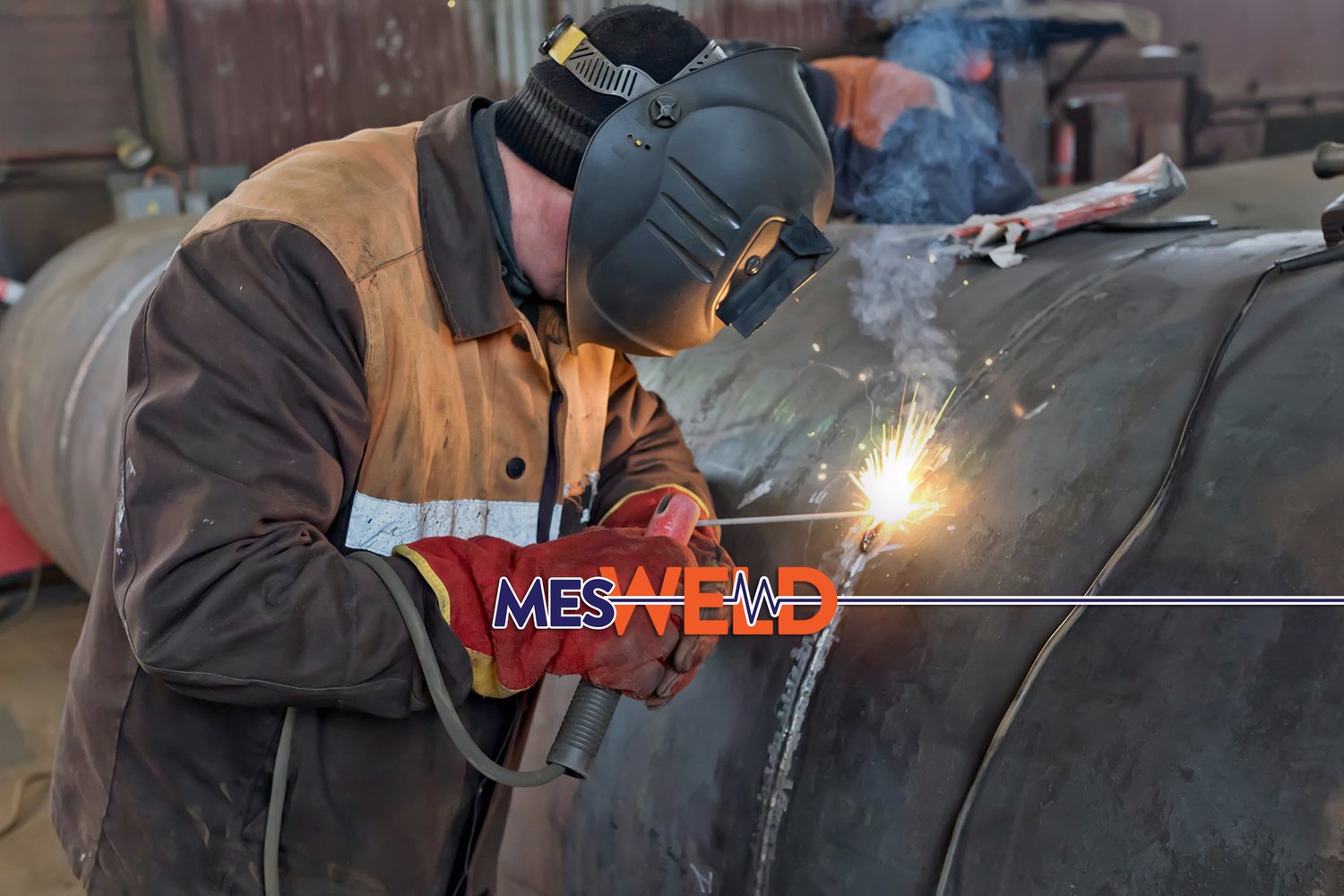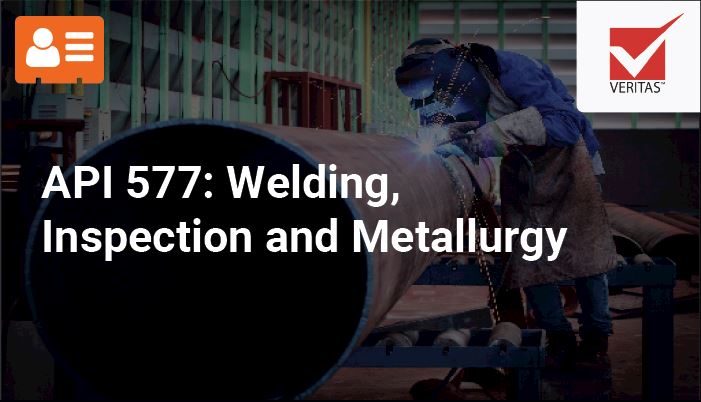Finding the Right Provider for Welding Inspection Madison: Secret Considerations
Finding the Right Provider for Welding Inspection Madison: Secret Considerations
Blog Article
Just How Efficient Welding Inspection Enhances Structural Integrity and Longevity
In the world of construction and engineering, the relevance of welding examination can not be overemphasized, as it plays a critical function in ensuring architectural honesty and expanding the life expectancy of projects. Sign up with the exploration of how reliable welding evaluations can change potential susceptabilities right into strengths, contributing to the enduring success of constructions.
Relevance of Welding Assessment
Guaranteeing the structural integrity and safety and security of bonded constructions requireds rigorous welding inspection processes. Welding inspection functions as an important protect in the construction and manufacturing markets, where the stamina and longevity of joints significantly influence the general performance of frameworks. This assessment ensures that welds satisfy specific requirements and specs, reducing the risks related to architectural failures. The consequences of poor welds can be tragic, leading to expensive fixings, operational downtimes, or also devastating failures, every one of which highlight the extremely important relevance of thorough examination.
In addition to safety and security, welding examination plays an essential role in high quality guarantee. By adhering to predetermined criteria, assessments identify the uniformity of welds, making certain that each satisfies the preferred stamina and aesthetic requirements. This consistency is necessary not just for security but also for keeping the online reputation and reliability of erectors and makers. Regulatory conformity is a considerable motorist of welding inspection practices. Sector criteria and codes, such as those from the American Welding Society (AWS) or the International Company for Standardization (ISO), demand adherence to strict standards, emphasizing the relevance of inspections in meeting these specialist and lawful responsibilities.
Key Inspection Techniques

Ultrasonic Examining (UT) uses high-frequency audio waves to detect subsurface problems, using exact information about weld integrity without causing any damages. Radiographic Testing (RT), including X-rays or gamma rays, supplies a thorough image of the weld's inner framework, revealing surprise imperfections. Magnetic Bit Examining (MPT) is one more non-destructive approach, especially effective for discovering surface area and near-surface gaps in ferromagnetic materials.
Penetrant Testing (PT) includes the application of a fluid dye to disclose surface-breaking defects, using a straightforward and cost-effective option for non-porous products. Each technique has its certain applications, strengths, and limitations, and often a mix of approaches is used to achieve thorough inspection outcomes. Mastery of these techniques improves the reliability and durability of welded frameworks, aligning with safety and security and performance assumptions.
Identifying Common Flaws

Porosity, identified by gas pockets within the weld, reduces the weld's stamina and resilience. Fractures, which can occur during or after welding, present substantial threats due to their prospective to propagate under stress.
Incomplete blend, where the weld metal fails to bond completely with the base material, threatens the structural stability, resulting in weak joints. This flaw commonly stems from inadequate warm input or inappropriate welding strategy. Slag additions happen when non-metallic materials are entraped in the weld, jeopardizing its toughness and quality. These are commonly an outcome of inadequate cleansing between weld passes or improper change use.
Identifying these problems with careful evaluation methods, such as aesthetic exam, ultrasonic testing, or radiography, is vital. Addressing these worries guarantees weld top quality, ultimately supporting the architectural integrity and safety and security of the built environment.

Enhancing Architectural Performance
Recognizing the value of recognizing typical weld issues naturally causes checking out techniques for enhancing structural efficiency. The fundamental strategy for enhancing efficiency requires utilizing innovative welding strategies and materials that alleviate issue event. Using top quality filler products and guaranteeing proper warmth control can significantly lower issues such as porosity and breaking, therefore enhancing the weld's honesty.
Integrating modern welding technologies, such as laser welding and rubbing stir welding, more enhances structural durability. These methods supply premium accuracy and reduced thermal distortion, directly impacting the longevity and toughness of the bonded frameworks. Additionally, embracing automated welding systems can make certain regular and repeatable weld top quality, reducing human mistake.
In addition, implementing rigorous pre-weld and post-weld procedures is critical. Proper joint layout, surface area preparation, and stress-relieving procedures add to ideal weld performance. Carrying out extensive pre-weld examinations enables early discovery of possible concerns, promoting timely modifications before they compromise the investigate this site framework.
Lasting Advantages of Inspection

Through alert assessment techniques, the long-term advantages to structural integrity become increasingly evident. Complete and constant welding evaluations play a crucial duty in preventing architectural failings by recognizing defects and incongruities early in the building and construction procedure.
Furthermore, regular assessments add to preserving conformity with sector standards and laws, thus preventing economic and lawful consequences. This adherence to quality control not only improves the integrity of the structure yet likewise cultivates trust fund among stakeholders, consisting of clients, designers, and regulatory bodies. The detailed documentation of examination end results acts as an important resource for future upkeep and fixing initiatives, facilitating informed decision-making.
In addition, reliable evaluation methods sustain development by including innovative innovations such as non-destructive screening and electronic imaging, which can boost accuracy and efficiency. This technical assimilation additionally emphasizes the dedication to excellence in architectural stability. Ultimately, investing in precise welding inspections is a sensible strategy that generates considerable long-term benefits, securing both the physical and economic investment in framework jobs.
Final Thought
Efficient welding evaluation plays a vital role in improving structural integrity and long life by recognizing problems early in the construction procedure. Making use of methods such as aesthetic assessment, ultrasonic testing, and radiographic testing ensures the discovery of concerns try this web-site like cracks and porosity that jeopardize weld strength. Extensive evaluations make sure compliance with industry standards, therefore extending the life-span of frameworks, lessening pricey repair services, and promoting stakeholder trust in the integrity and safety and security of bonded constructions.
In the realm of building and construction and engineering, the significance of welding assessment can not be overstated, as it plays a pivotal role in guaranteeing architectural stability and expanding the life-span of jobs.Making certain the architectural stability and security of bonded buildings mandates extensive welding evaluation processes.Structure upon the significance of welding inspection in securing structural stability, understanding the vital assessment techniques comes to be important for reliable execution. Effective welding examination encompasses a variety of methods designed to review weld quality, ensuring conformity with stringent design standards - Welding Inspection Madison.Reliable welding inspection plays a critical role in boosting structural honesty and longevity by determining issues early in the building procedure
Report this page